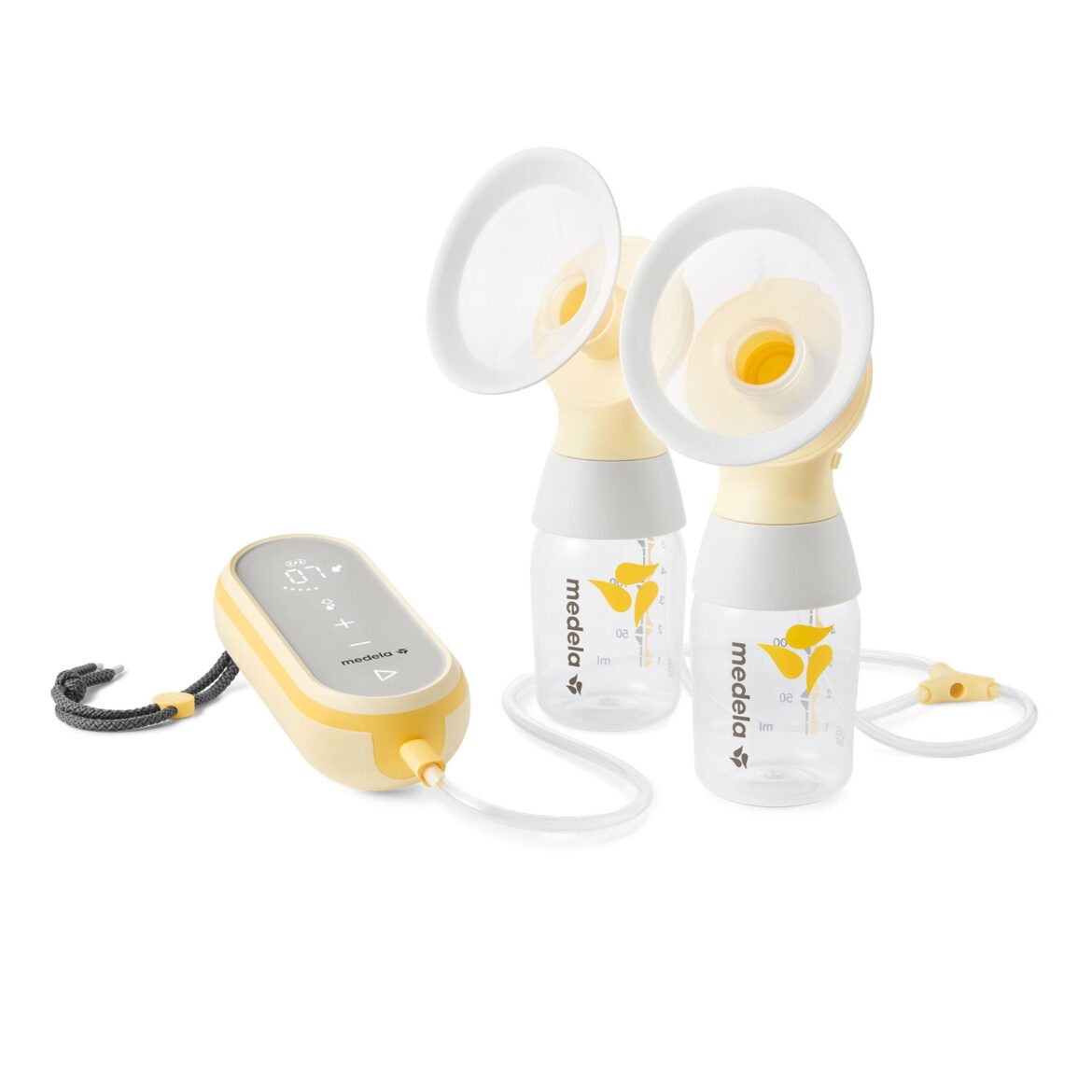The experiences of breastfeeding differ between mother and child. Most mothers will pump on several occasions throughout the day to provide milk to their child who hasn’t yet learned to feed her. Some mothers pump only occasionally in the event that they need to give their child a bottle of milk and a caregiver. Others may not require the use of a breast pump. Many mothers who express milk prefer to pump whenever they are forced to return to work or school after breastfeeding their baby.
1. Prepare yourself.
Purchase a brand-new Elvie Catch to use for breasts or rent one that’s designed for hospital use and is suitable for numerous users. Although you can get the pumps from a family member or family member. However, there are numerous motives because the breast pump should not be shared, for instance, the possibility of contamination with bacteria as well as the loss of the performance of the motor with time. (Most women’s breast pumps are designed to function at their highest for approximately one year of uninterrupted use and, if you’re expecting your fourth or third child, you’ll most likely need to buy or lease a new Elvie Curve pump.)
2. Get your stocks in the early morning.
If you’re confident that you’ll need an abundance of breastmilk for your baby (usually due to returning to work or school) it’s time to start storage of your milk for weeks before. Select a time between your baby’s usual feedings for pumping.
3. Pump when nursing.
Some mothers have discovered their bodies release the greatest amount of lactose after pumping one breast while their child is feeding on the opposite one. It is natural because breastfeeding a baby triggers our body’s release of hormones which trigger the release of milk.
4. Double- or triple-equipped equipment.
If you use a pump during breaks during your work hours, make certain that you have two sets of flanges that are clean at the start of each day. Make sure that you have at least one set of flanges that are assembled with all the components needed to ensure you make the most of your break.
5. Create a routine for pumping.
Develop a sequence of steps that you’ll follow each time it’s time to take a pump. These actions send signals to your body. It could be things like drinking a glass of fresh water, installing the “do not disturb” sign at the front of your workplace, and then looking at an image or video with your child or calling your caregiver of your baby to check on updates, or turning down your office’s lighting.
6. Relax your chest.
Don’t skip the step! Massage and compression of the areas of the breasts that are firm can increase the production of milk. This means moms are much more likely to let go of the milk when they massage their breasts along with pumping their breasts.
7. Pump both breasts simultaneously.
Many women have stated that they’re capable of producing more breast milk when they pump simultaneously. This is because prolactin, a hormone that’s more common among women is produced by the pituitary gland that mothers pump at the same time, as opposed to pumping breasts in a series of cycles.
8. Schedule pumping breaks.
Be aware that breastfeeding is dependent on supply and demand. There are numerous stories however most women experience the best outcomes by planning short intervals of pumping that last between 15 and 20 minutes each few minutes.
9. Divide the milk you’ve taken into smaller parts.
If your child consumes around eight times in an hour, it’s reasonable to imagine that he’ll need around 2-4 ounces whenever you’re not there. If you’re feeding your children’s caregivers with milk based on this figure, and you’re continuously running out of milk, it’s a good idea to examine how milk is distributed outside of your presence.
10. Always breastfeed!
For mothers working or for anyone who would like to preserve the breastmilk supply, it is crucial to breastfeeding as often as you can during the time both of you are in the same room. If you can, make breastfeeding your baby the final thing you do prior to separating.
Read More: Why should you use a facial cleanser?



